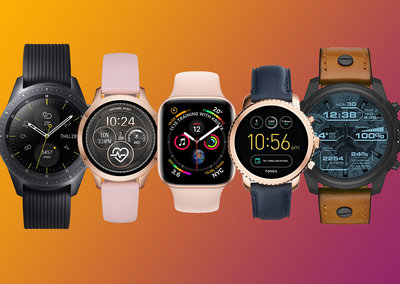When I ask someone what an aircraft simulator is, probably everyone will have an idea what it is. It is basically an aircraft on the ground which gives you the feeling that you are flying at an altitude of 10 kilometre. This simulator has been used for many years to train the pilots and stewardesses in a safe and convenient way. This turns out to be really successful. You can say that this aircraft is a ‘twin’ of the real aircraft.
Currently, the digital twins are becoming very popular. A digital twin is a virtual representation of a products that plays an integral role in the technology-driven industrial world. (Components, 2020). It turned out that it is useful way to represents physical assets in a digital way. Nasa introduced this concept to keep track of complicated machinery. By using digital mirroring technology, NASA was able to replicate systems and equipment in a way that it represented the real world (Disruptionhub, 2019).
Nowadays, digital twins are used to visualize data and are even able to predict problems before they occur. By gathering data via sensors, self-updating models can be designed to develop and algorithm which can detect problems. Especially in the oil and gas industry this can be very critical. Digital twins can for example be used to design and test a drilling platform before they will be physically produced. This reduces the risk of potential problem which can have, especially in the oil and gas industry, catastrophic consequences (Eck, 15).
“Simulation of real-world environments has become a critical requirement for models operating at the extreme end of complexity, in training self-driving cars for example, or anomaly detection using the digital twins of IoT-enabled physical assets,” (Machinehub, 2019). This development will allow companies to assess risk at an early stage which will decrease the chance of potential problems.
How will this industry evolve? Will in twenty years every building or construction have digital twin? Will soon to be pilot learn his job digitally? Will the aircraft simulator be replaced by a digital twin? The only thing we can say at this point is time will tell..
Bibliography
Components, E. (2020). De digital twin – wat is het en hoe werkt het? Retrieved from https://www.essentracomponents.com/nl-nl/news/productbronnen/de-digital-twin-wat-is-het-en-hoe-werkt-het
Disruptionhub. (2019). 9 disruptive technology trends for 2019. Retrieved from https://disruptionhub.com/disruption-trends-9-for-2019/
Eck, E. v. (15, 05 2020). Digital Twin. Retrieved from https://www.bimadvies.com/digital-twin/


